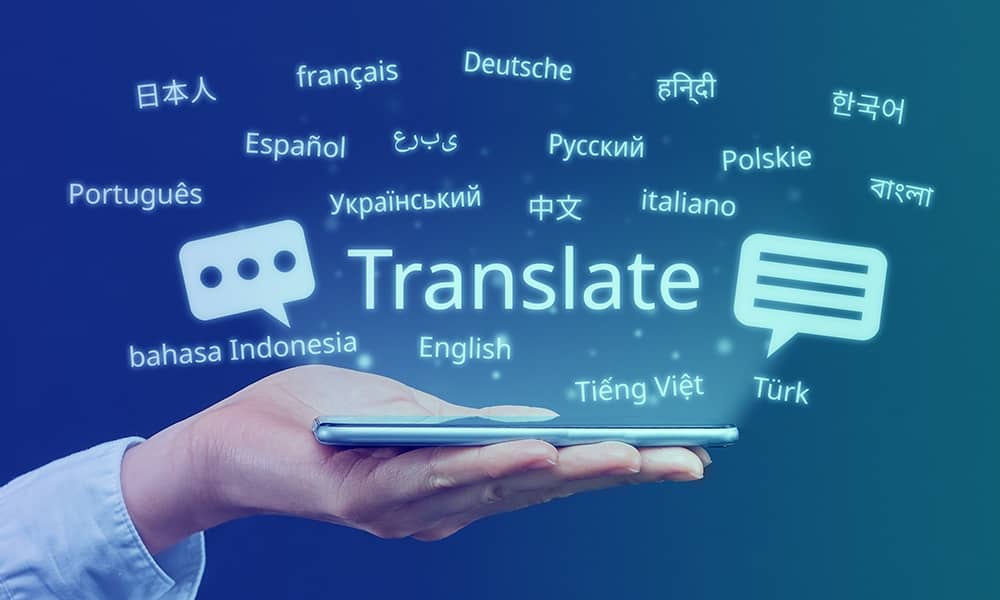The dream of a truly multilingual and interconnected world is becoming a practical reality, powered by the evolving capabilities of natural language processing.
Natural Language Processing (NLP) has emerged as a key technology in breaking down language barriers across the globe. Its application in language translation has made real-time, accurate, and culturally aware communication increasingly possible. The integration of NLP into machine translation, localization, and globalization processes has fundamentally changed how individuals, businesses, and governments interact across linguistic divides. As of 2025, the field continues to evolve rapidly, driven by advances in large language models, deep learning, and cross-lingual understanding.
At the core of NLP-based language translation is machine translation (MT), a technology that converts text or speech from one language into another. Early systems, dating back to the 1950s, relied on basic word-for-word substitution and simple grammar rules. These systems were inefficient and often inaccurate, struggling with syntax and idiomatic expressions. The introduction of statistical machine translation (SMT) in the early 2000s improved quality by analyzing bilingual corpora to determine the most probable translation for a given phrase. However, SMT was still limited by its dependency on large, clean, and aligned datasets.
The game-changer came with the rise of neural machine translation (NMT), which uses deep learning to provide more fluent and natural translations. NMT models, especially those built on transformer architectures, translate whole sentences rather than isolated phrases. This allows them to better preserve context, handle grammar variations, and produce more coherent results. Google Translate, DeepL, and Microsoft Translator are among the most prominent examples, offering translations for dozens of languages in real time, with increasing accuracy each year.
By 2025, the integration of massive multilingual language models has pushed machine translation to new heights. These models are trained on data across hundreds of languages and can often perform zero-shot translation—translating between language pairs that were not explicitly part of their training. This development is critical for covering low-resource languages that previously lacked sufficient data for accurate translation systems.
However, accurate translation alone does not ensure effective communication. This is where localization comes in. Localization goes beyond direct translation, adapting content to align with the cultural, social, and regional expectations of the target audience. For instance, a localized website for the Japanese market might not only change the language from English to Japanese but also adjust layout, images, date formats, and even the tone of the message. NLP tools help automate and refine this process, using sentiment analysis, part-of-speech tagging, and entity recognition to maintain context and appropriateness.
Modern localization systems employ NLP to detect cultural nuances, idioms, and colloquialisms that literal translation might miss. With the help of context-aware models and semantic analysis, businesses can tailor their messaging more effectively to specific markets. For example, machine learning systems can now suggest culturally relevant replacements for jokes, symbols, or slogans that may not resonate—or worse, may offend—in the target culture.
The broader concept of globalization builds on both machine translation and localization, aiming for universal communication across linguistic and cultural boundaries. In the global economy, companies must communicate seamlessly with customers, partners, and employees in many different countries. NLP tools play a pivotal role in automating content translation across social media, customer service platforms, e-commerce websites, and internal communication tools. Businesses can now launch products simultaneously in multiple markets, with content pre-adapted for local audiences.
One of the most impactful developments in recent years has been real-time translation. With advancements in NLP and speech recognition, tools like Google Assistant, Skype Translator, and Meta's real-time speech-to-speech systems allow people to hold conversations in different languages with minimal delay. These systems combine automatic speech recognition (ASR), machine translation, and speech synthesis into a single pipeline. They convert spoken language into text, translate it, and then convert the translation back into speech, often in the speaker's own voice.
Despite these achievements, there are ongoing challenges. Language is deeply tied to culture and context, and NLP systems still struggle with sarcasm, irony, and ambiguous expressions. Low-resource languages continue to pose a challenge, as they lack the data necessary to train robust translation models. Moreover, concerns about bias and misinformation remain, particularly when translations are generated from sources with skewed perspectives.
Data privacy is another pressing issue, especially when sensitive content is processed by third-party translation services. Ensuring user data remains confidential while still providing personalized, accurate translations is a complex balancing act. In response, privacy-preserving NLP models and on-device processing are becoming more common.
In addition to textual translation, the field is now expanding into multimodal translation. This involves translating not just text but also accompanying images, gestures, or sounds. For example, an educational app might translate spoken instructions while also adjusting visual diagrams and hand gestures to suit different cultural learning styles. This level of translation offers a more immersive and effective experience, especially in learning, training, and interactive content.
Education and accessibility are also key beneficiaries of NLP-powered translation. Language learners now have access to intelligent tutoring systems that provide real-time feedback and translation. People with disabilities, particularly those with hearing or speech impairments, benefit from voice-to-text and text-to-speech tools that bridge communication gaps. In humanitarian efforts, multilingual translation systems help aid workers communicate in crisis zones where interpreters are scarce.
In conclusion, NLP has revolutionized language translation by making communication faster, more accurate, and culturally sensitive. The fusion of machine translation, localization, and globalization through NLP enables global interaction at an unprecedented scale. As technology continues to advance, the focus will increasingly shift toward inclusivity, real-time interaction, and deep cultural understanding.
